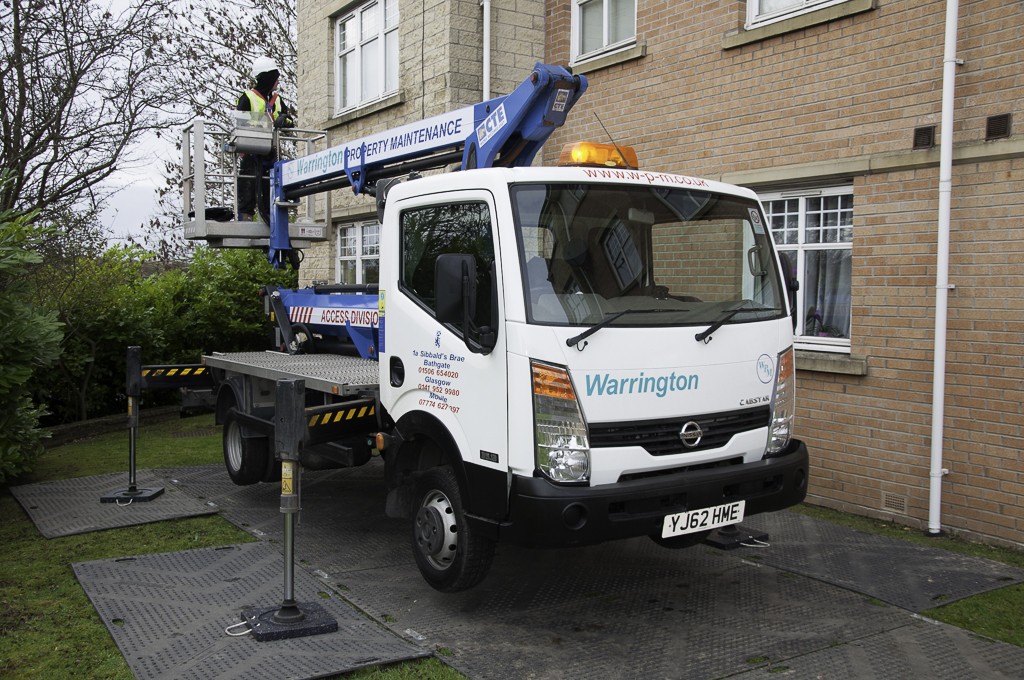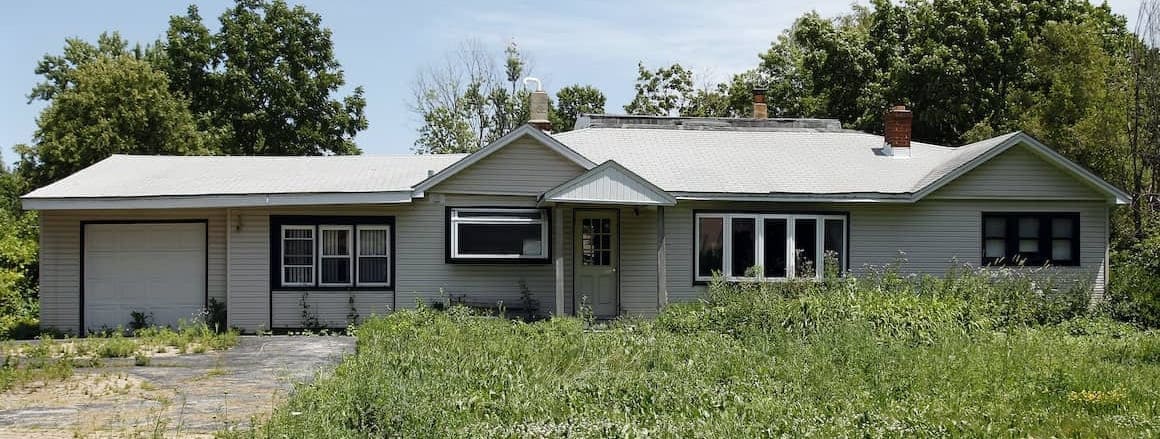
A good property manager is a must-have for any landlord. They can help reduce liability, manage maintenance issues, and ensure that your rental properties are occupied at all times. The marketing of your rental property is also a responsibility for property managers.
Landlords find that securing the best tenants is the most rewarding part of real estate investing. A well-maintained and attractive property can attract quality tenants and a large rent pool. Finding the right tenants can be a difficult part of the puzzle. Provide fast, responsive customer services. Tenants may be less likely to rent if you don't provide the above services.
A fee is usually charged by property managers for various services such as marketing, leasing, maintenance, and evictions. These fees will be based on the percentage of total rental income. The average monthly rent for professional management companies is between 8 and 12 percent.

A property manager can manage the monthly maintenance of a rental home. This is one of the most practical tasks they can do. A property manager can manage the rental home's monthly maintenance needs, whether it is minor repairs or major upgrades.
A quality property manager will also take on the responsibility of posting your homes for rent on their website. This is a great place to rent your homes to potential tenants. It also reduces your reliance of advertising. In fact, some property management companies go so far as to post videos of the houses on their websites, allowing potential tenants to see the property for themselves.
Many property management companies can also help you with legal matters as well as provide information about federal and state housing programs. You may be eligible for tax credits or low interest loans.
Finding a competent property manager can be difficult. Do your research to find the right manager. Not only does a quality manager have the knowledge and experience to properly manage your assets, but they will also be able to save you valuable time.

Many property managers will provide a list with approved vendors. These are people or businesses that will be able perform a wide range tasks related to your rentals. It is important that quality managers have good working relationships with these vendors. A trusted source of vendor referrals will allow you to save money while getting better service.
A good property manager can help you to identify and fix any tenant problems. Sometimes these problems are simple like missing payments. Other times they can become more serious. You should speak with your manager immediately to address any of these issues.
A solid property management firm can be worth its weight. A good property manager can make a big difference in terms of productivity, efficiency and profit. You will have more fun investing and less worry when you have them as your advisors.
FAQ
What qualifications are necessary to be a handyman
A handyman's most important attribute is patience. You should also have experience working on electrical systems, carpentry skills, plumbing knowledge, and a strong understanding of home maintenance.
It is likely that you will find many jobs for people who have the right qualifications. But if you don’t, you may not be qualified.
You may want to look into getting training at a school that offers these courses.
What is the hourly rate for a handyman?
A handyman usually charges $50-$75 for an hour. This is a job that most of them have done for years. Their average work week is about 10 hours. They don't need to advertise; they are well known in the neighborhood.
They develop long-lasting customer relationships and specialize.
They are quick, reliable, and affordable. This is the key difference between them and other contractors.
Most people know at least 2-3 of these guys they trust enough to call when they need help.
Some are so good they have their own business.
Is it worth paying a handyman an hourly rate or per-project basis.
Personal preference is the most important factor. Some people prefer paying by the hour to know exactly how much their handyman charges. Some prefer to pay each project individually, especially if they are working on multiple jobs simultaneously. Either way, it's fine.
Statistics
- With a strong housing market, the handyman and general maintenance worker industry are expected to grow by nearly 10% in the next decade. (housecallpro.com)
- More than 20% of homes in America have outdoor living spaces, including decks and patios. (mrhandyman.com)
- “Before the pandemic, 40% of people asked how we could estimate a job when we weren't there,” Rose recalled. (inquirer.com)
- Another estimate was that the market in the United States was $126 billion and was increasing by about 4% annually. (en.wikipedia.org)
- According to the U.S. Bureau of Labor Statistics, in May 2020, there are 1,357,630 handymen employed in the U.S.. (angi.com)
External Links
How To
How to Replace Broken Tiles
Step 1 - Take out the old tiles.
Take out the tiles and place them on a new flooring surface. If you plan to use these tiles later, it is important that you keep them in good condition. To avoid any problems with replacements, take note of the pieces that have been damaged or lost.
Step 2 - Choose New Tiles
Look at these different options for replacing tiles.
-
Find a new tile that's similar to the one you removed.
-
To find the right piece, take the measurements you took as you were removing the tiles. This will make it easy to get the correct size without having again to measure.
-
You should look for different colors, patterns and textures.
-
Consider what grout you'd like to use (if any). Some prefer a solid color, while others like mixing it up.
-
Choose a tile that resists moisture.
-
Finally, consider the placement of your new tile -- you can save time and money by ensuring the area you're installing it in has enough space for proper installation.
-
Once you've decided on your tile, you can order it online or by calling your local Lowe's to place your purchase.
Step 3 – Install the new tiles.
Install your tiles using the same method you used before. Be careful to align them properly so they fit together perfectly.
Step 4 -- Clean Up
Be sure to sweep up all debris from the floor before applying the final protective layer.
This will prevent dust and dirt from building up between the tiles.
Step 5 -- Sand the Floor
After you have cleaned everything, sand the floor to remove any particles that were left from the previous step.
Step 6: Finish off
After the floor has been smoothed, you can apply protective coatings to the tiles. It's important to wait until this point because wet paint can stain the surface of the new tiles.
To protect your floors from stains, you can use "damp-and dry" products.
However, it will not cover all possible problems that may arise after you have installed your tiles. An anti-slip coating can be added to the protective layer for children who are often running around.
Last but not least, be sure to leave the protective sealing on for several weeks before you return to your home.